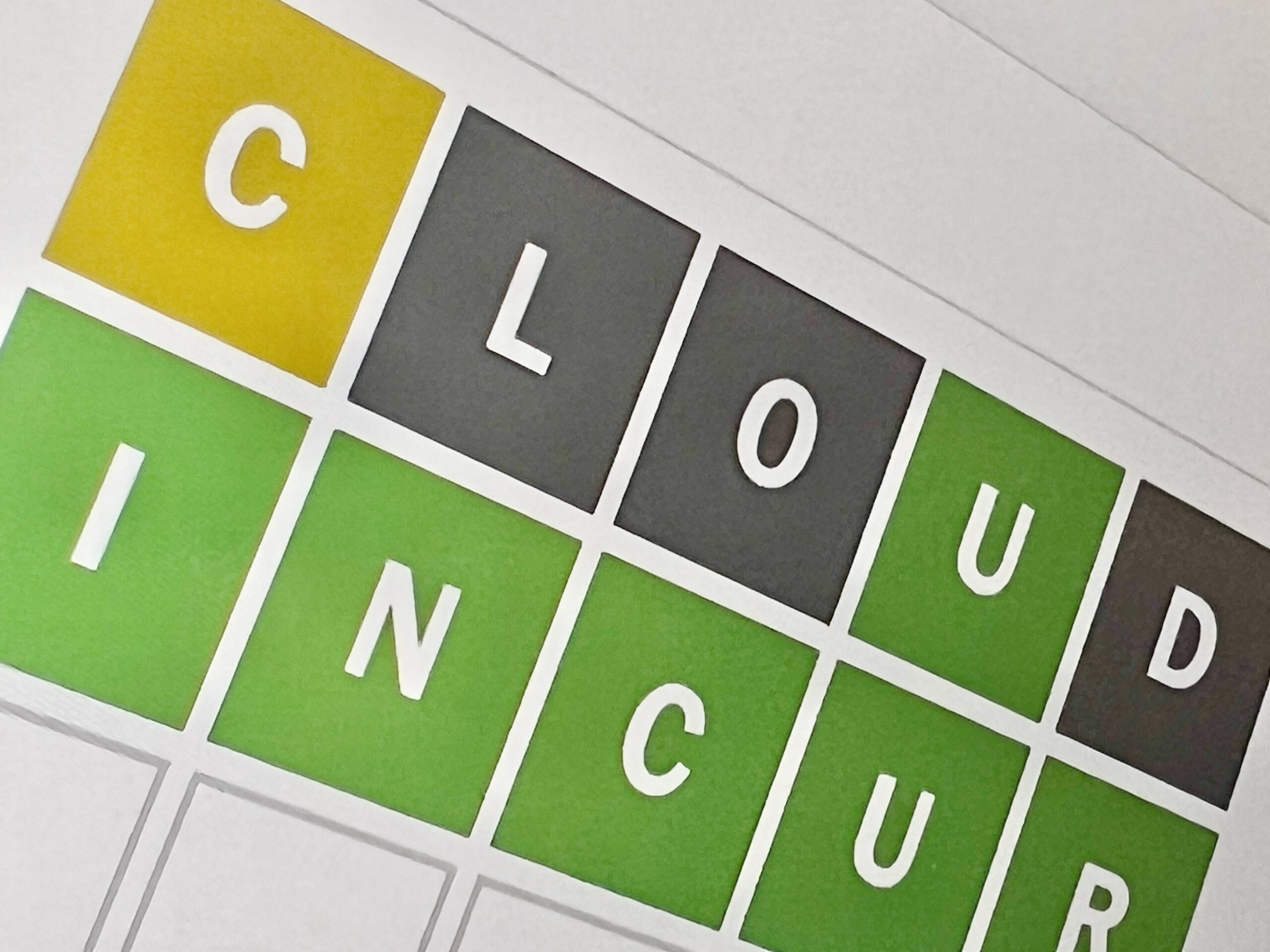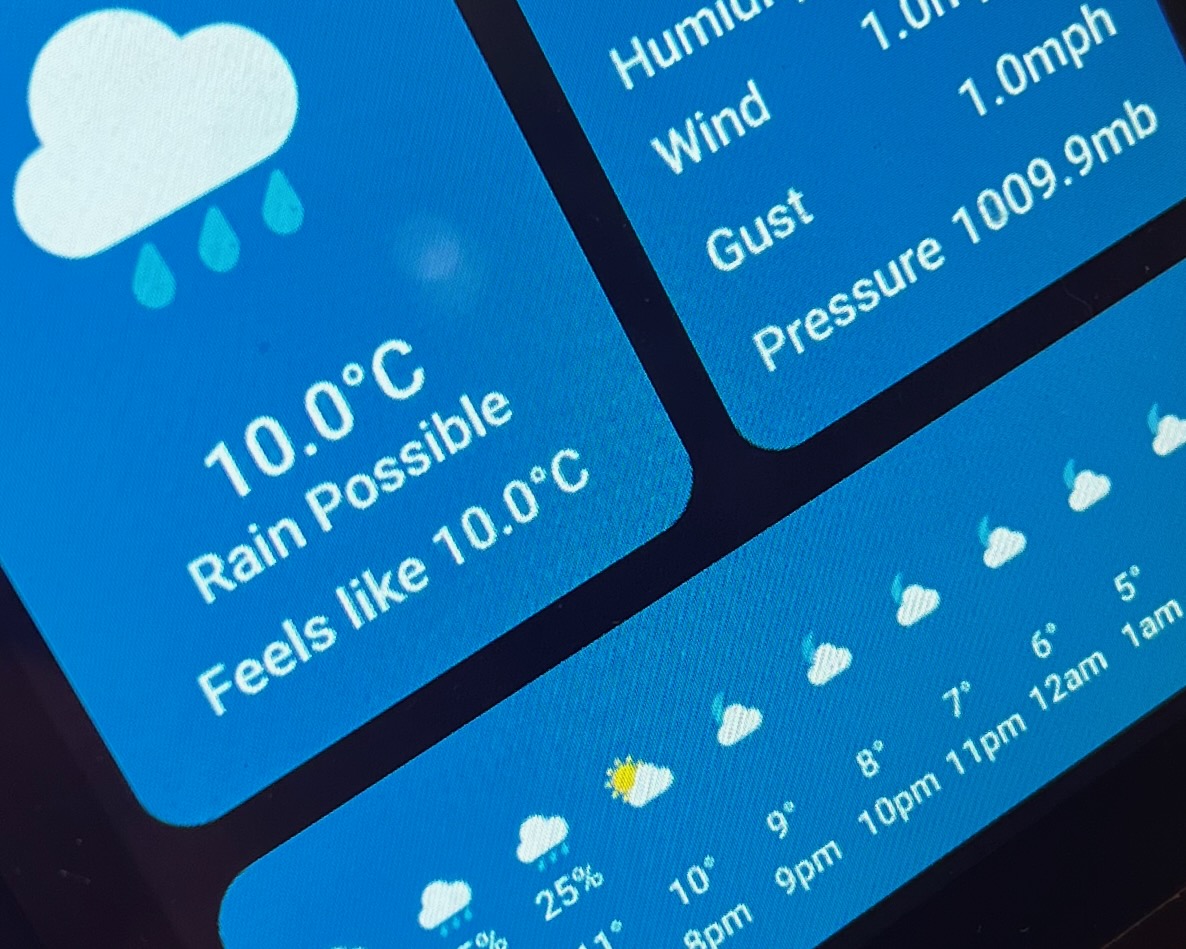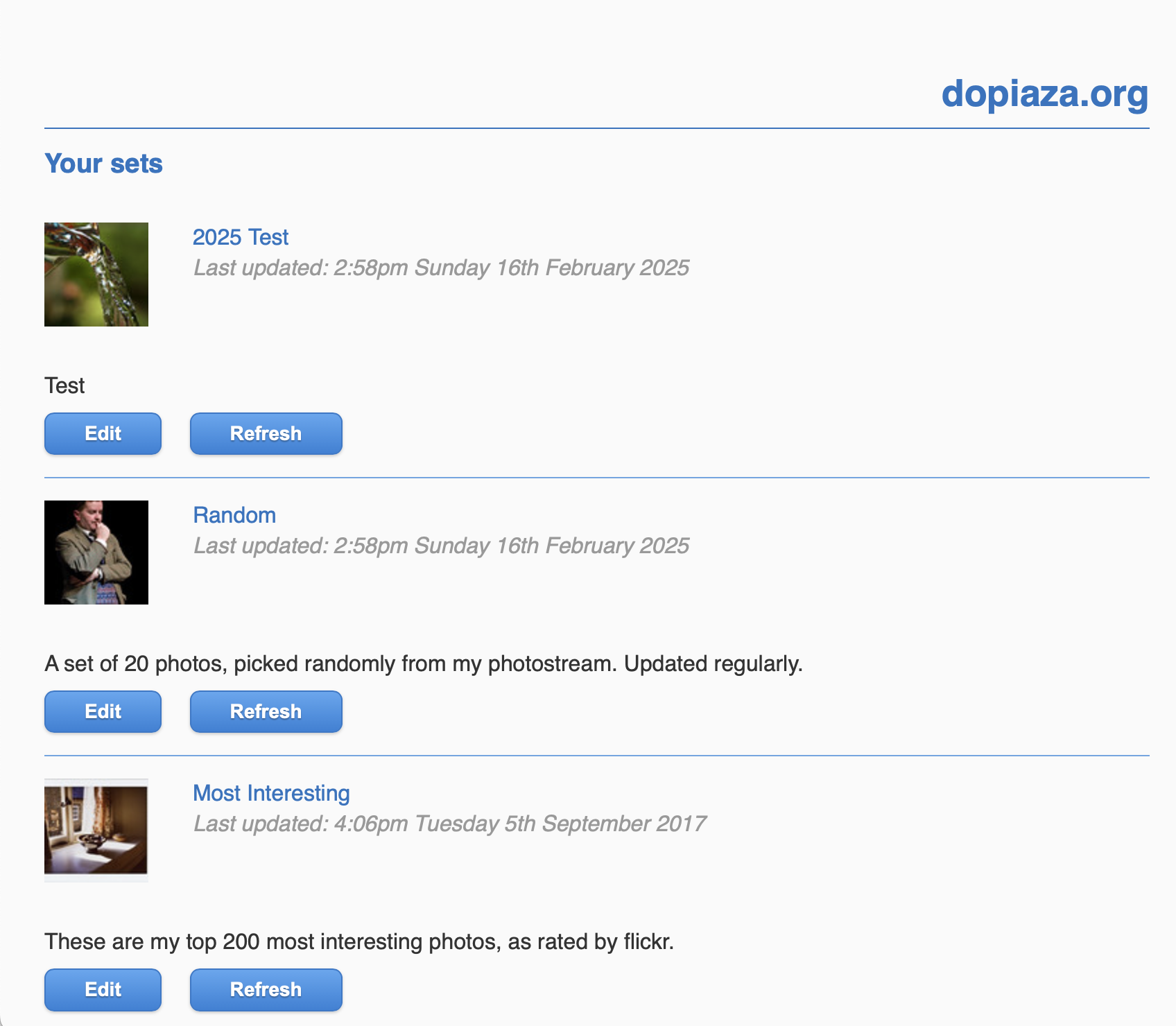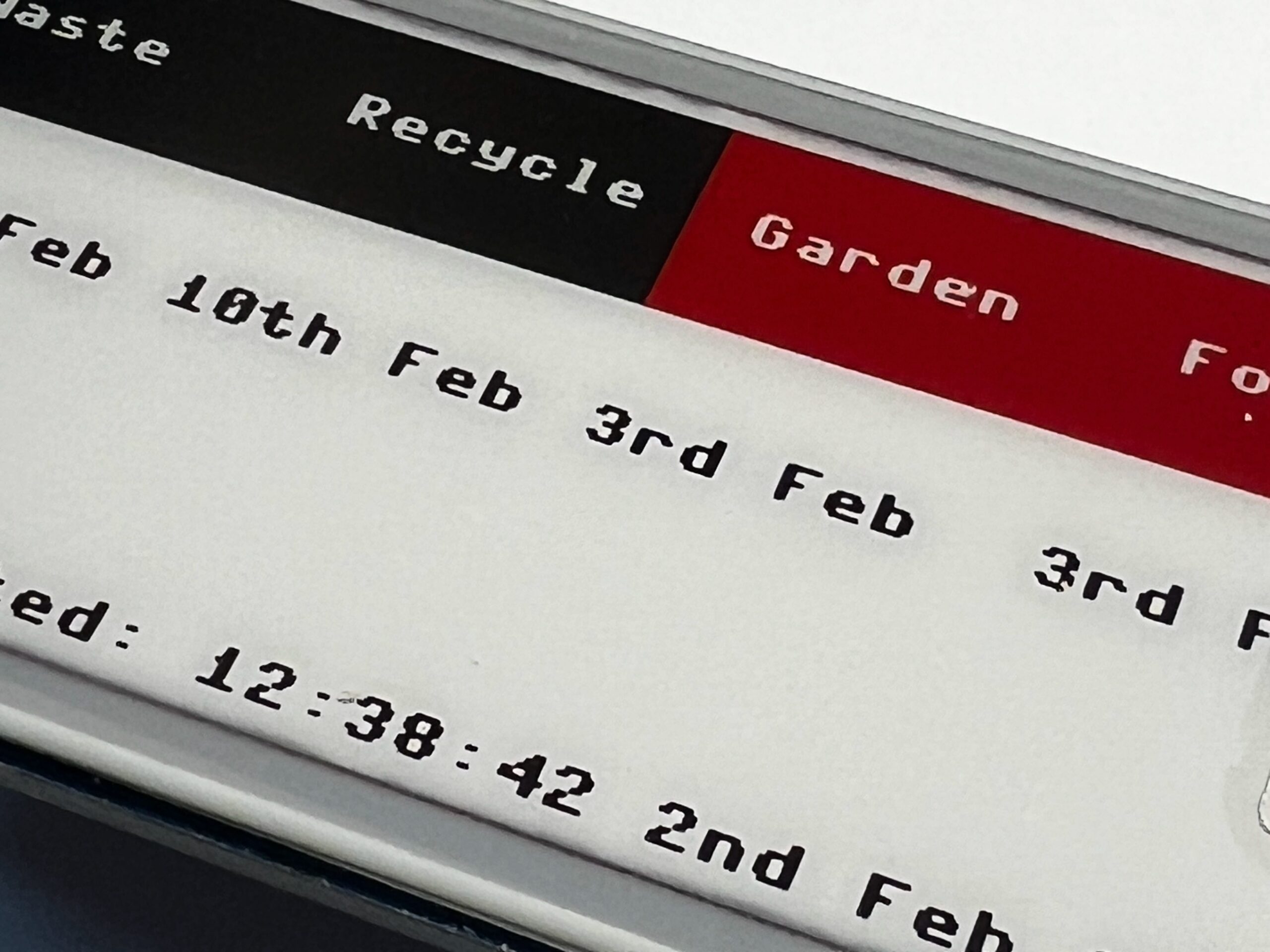For a good few years now, my mornings have typically started with a cup of coffee and Wordle. It makes for a nice, gentle introduction into the day.
Some people like to start Wordle with the same word every day – adieu, audio, least, dealt – these are all common starter words. I’m not one of those people – I like a little more variety. For a while now, I’ve maintained a list of five letter words – adding more occasionally as the mood takes me, and then each day crossing off the next word from the list and using that as my starter word.
But maintaining that manual list, that got a bit boring. So I wrote a thing – the Daily Five.
It’s a little single-page site that gives you a word to use as your Wordle starter word. Everybody gets the same word each day – so if you want to challenge your friends, it gives you a common starting point. The word changes at midnight each day.
Give it a whirl. Add a little randomness to your Wordle game.






